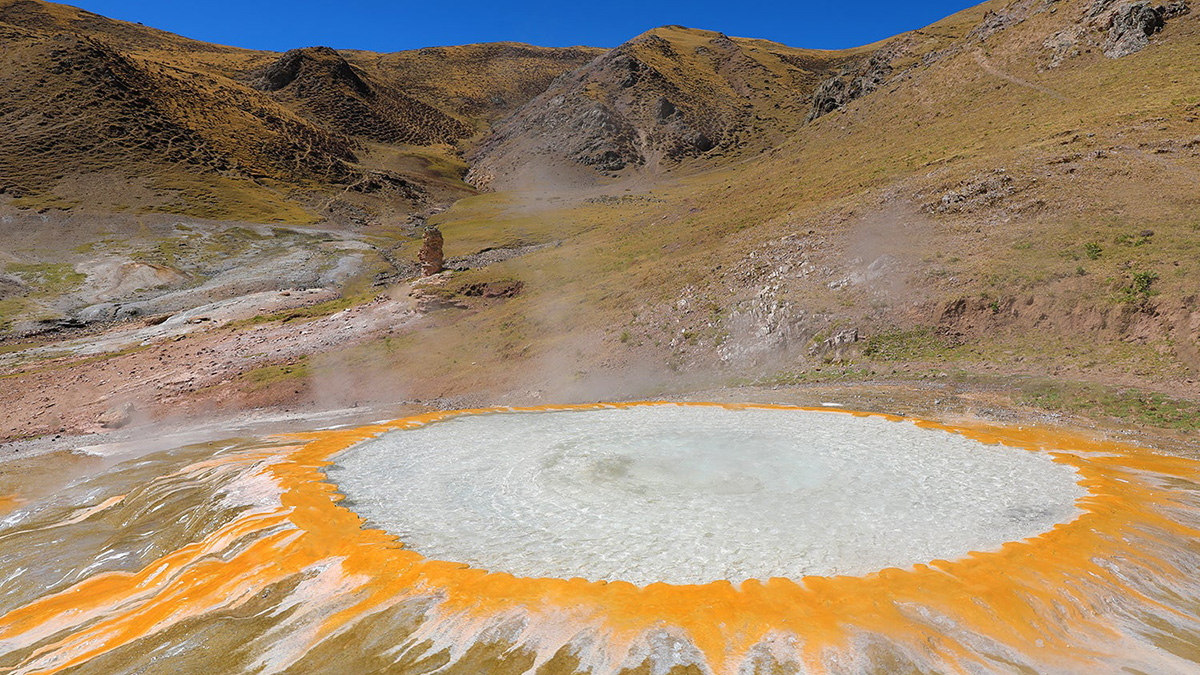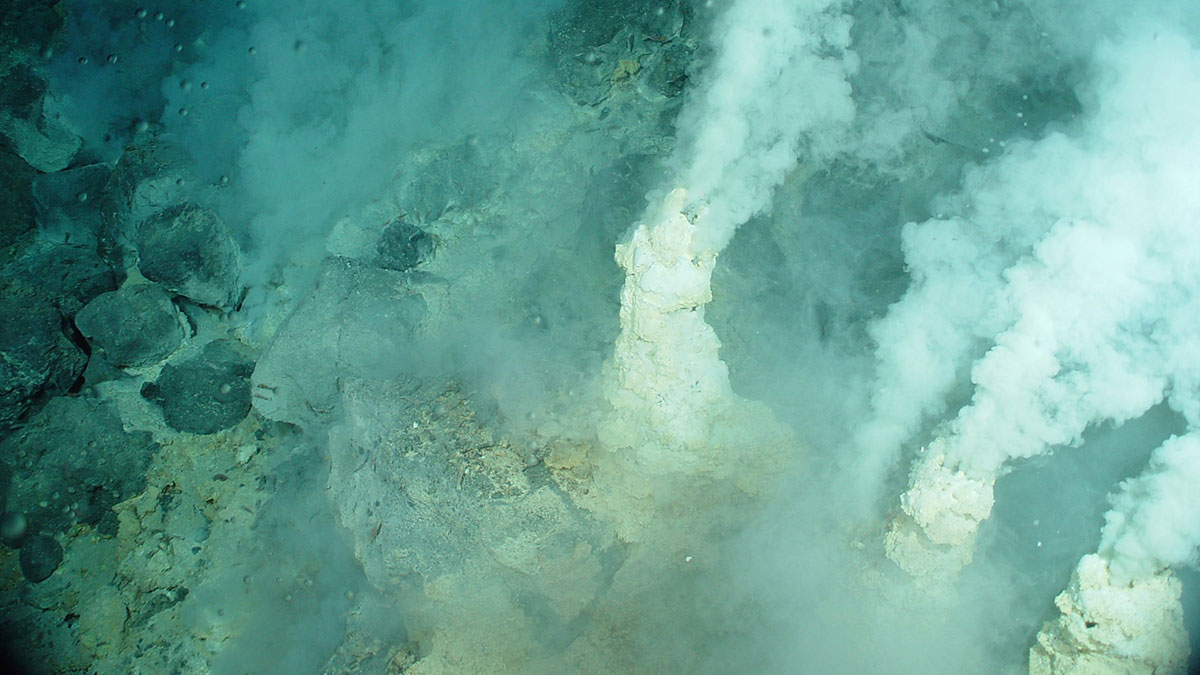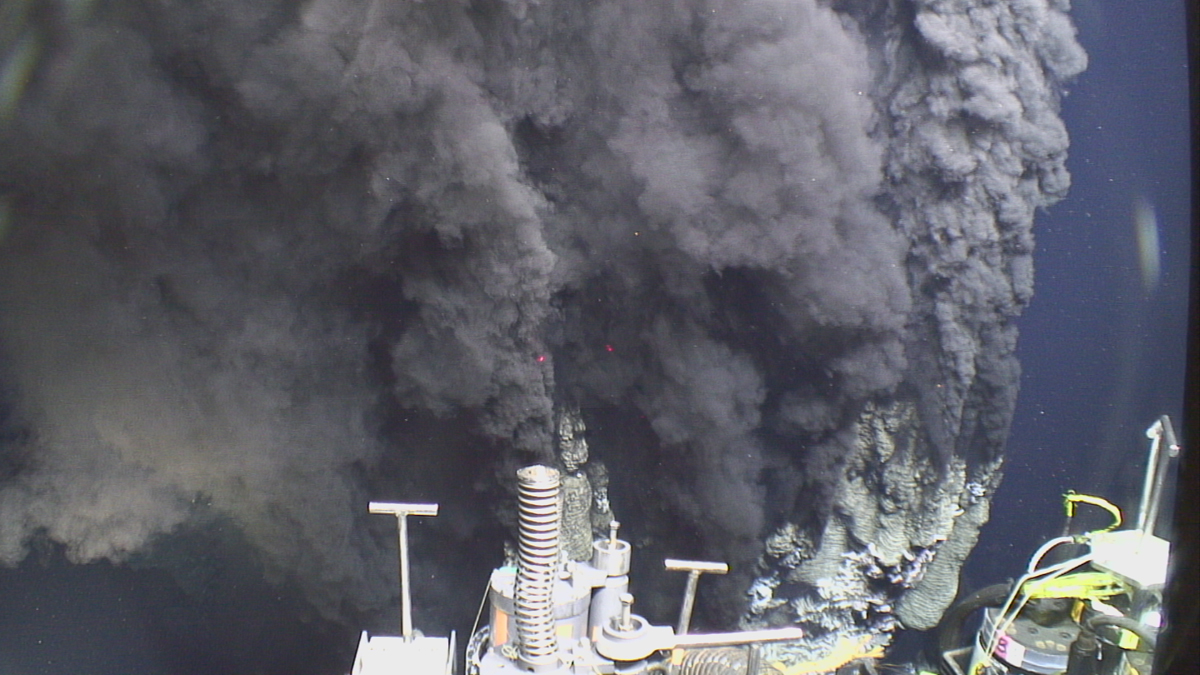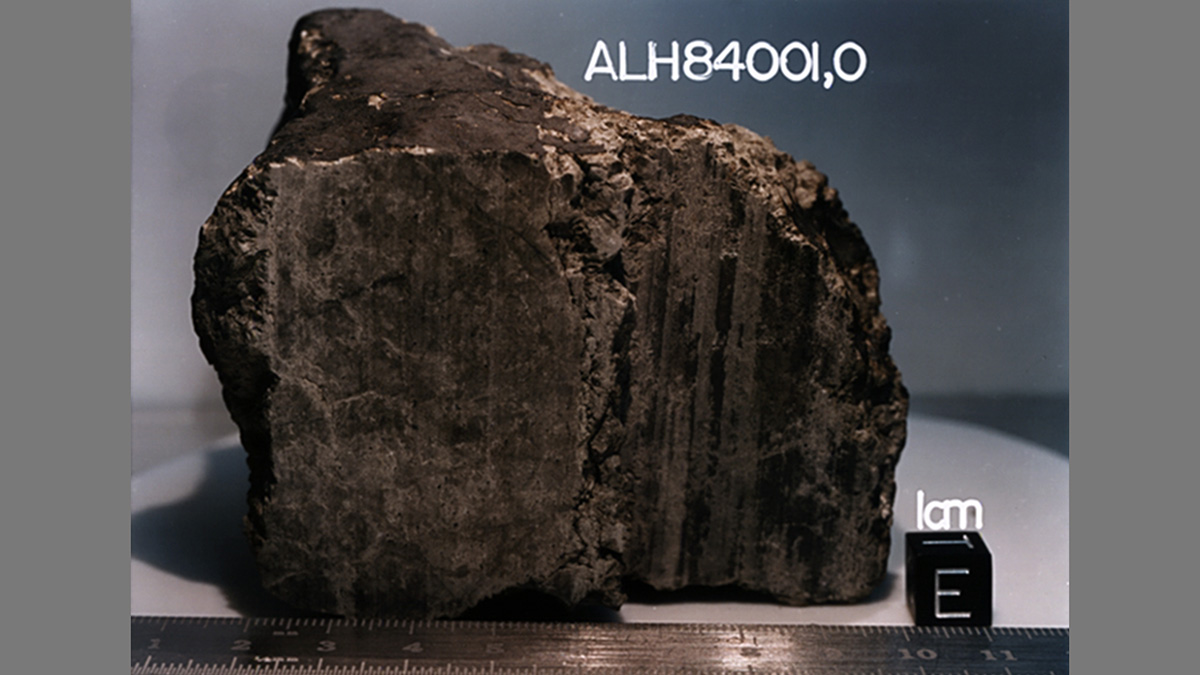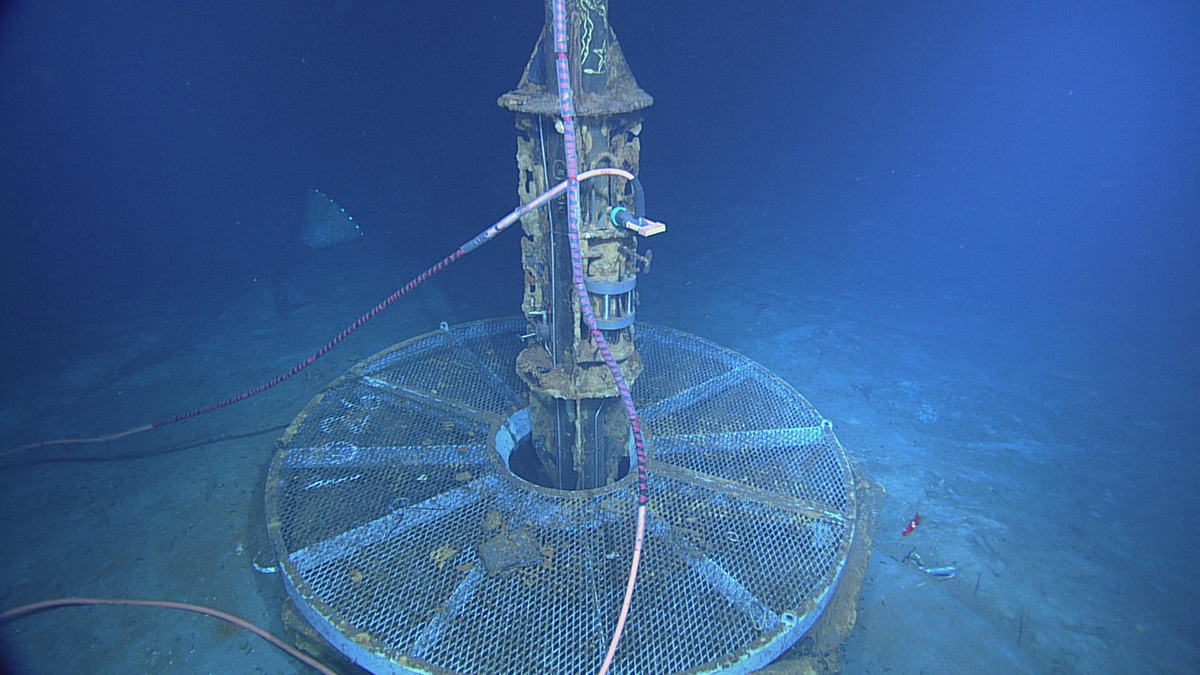Space and ocean scientists take a splash course in multidisciplinary science to chart our solar system’s ocean worlds.
hydrothermal systems
Una nueva perspectiva sobre la vida microbiana en las aguas termales del Parque Yellowstone
Una investigación sobre los rangos de hábitat de microorganismos en las fuentes hidrotermales del parque nacional Yellowstone muestran condiciones ambientales propicias para la interacción entre cianobacterias y algas.
Hot Springs Suggest How the Tibetan Plateau Became the Roof of the World
Helium isotopes found in water samples provide a snapshot of what lies beneath the plateau and stimulate debate within the geosciences community.
Deep-Sea Exploration Could Help Us Fight the Next Pandemic
Deep-ocean-dwelling microbes may hold keys to improved medical diagnostics and new drugs for fighting diseases. But we must search Earth’s most extreme habitats to find them.
A Fresh View of Microbial Life in Yellowstone’s Hot Springs
Research on the habitat ranges of microorganisms in Yellowstone’s hot springs reveals an overlap between cyanobacteria and algae.
Exploration and Evaluation of Deep-Sea Mining Sites
Two studies chart new territory for the fledgling deep-sea mining industry through advances in the identification and analysis of seafloor hydrothermal mounds.
Bubble, Bubble, Toil and Trouble: Ocean Vents Spew Rubble
Hydrothermal vents in the ocean emit 6000-year-old carbon. The likely source? Ocean crust.
A New Explanation for Organics on a Mars Rock That Fell to Earth
Organic molecules on a Martian meteorite have fueled nearly 30 years of scientific debate. New evidence suggests they were formed by Martian processes, offering more support for a once habitable environment on the Red Planet.



